Producing organic fertilizer on a large scale can be a daunting task, especially when time is of the essence. However, with the right equipment and techniques, you can significantly expedite the process. Here’s how you can finish large-scale organic fertilizer production quickly and efficiently by leveraging modern machinery and innovative methods.
1. Use Professional Machines For large scale Organic Fertilizer Making
Investing in professional organic fertilizer making machines is a critical step in speeding up mass production of organic fertilizer. These machines are designed to handle large volumes of organic material, processing it more efficiently than traditional methods. Key equipment in large scale organic fertilizer manufacturing line includes wheel compost turners, crushers, and mixers, rotary drum granulator which has large capacity and high erosion resistance. Click here to learn more.
2. Adopt an Automatic Organic Fertilizer Production Line
To truly accelerate production, consider adopting an automatic large scale organic fertilizer production line. Automation minimizes human error and labor costs while maximizing efficiency and throughput. An automated line can perform tasks such as material feeding, mixing, granulating, and packaging with minimal human intervention. By integrating sensors and control systems, these production lines can monitor and adjust processes in real-time, ensuring optimal conditions are maintained throughout. This not only shortens production time of organic fertilizer preparation but also enhances the overall quality of the fertilizer.
3. Buy a Double Roller Granulation System
Implementing a double roller granulation system is another effective strategy to speed up production. This system employs the dry granulation method, which eliminates the need for drying and cooling processes typically required in wet granulation. As a result, you save significant time and energy. The double roller granulator compacts the powder material into granules directly, producing uniform and high-quality granules ready for packaging. This method is especially advantageous for producing organic fertilizer from dry compost in a large scale.
Additional Considerations
While employing these advanced technologies and methods, it’s also essential to maintain a keen eye on quality control. Automated systems can be equipped with quality checkpoints to ensure that only the best products make it to market. Regular maintenance of machinery and employee training are also crucial to avoid unexpected downtime and ensure smooth operation.
Conclusion
By integrating professional machines, adopting an automatic production line, and utilizing a double roller granulation system, you can significantly reduce the time required for large-scale organic fertilizer production. These strategies not only expedite the process but also enhance efficiency, consistency, and product quality, allowing you to meet market demands effectively. Embracing these technologies ensures your production is not only faster but also sustainable and profitable in the long run.If you need more details about large scale organic fertilizer manufacturing, you can visist https://www.fertilizerbusinessplan.com/how-to-make-organic-fertilizer-in-a-large-scale/














































































































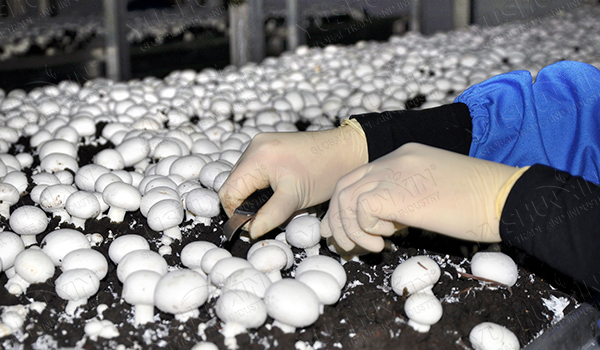





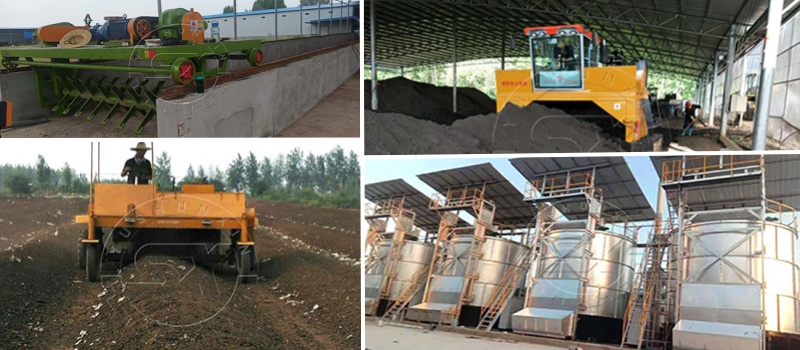



































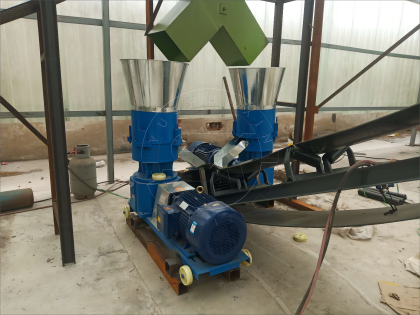





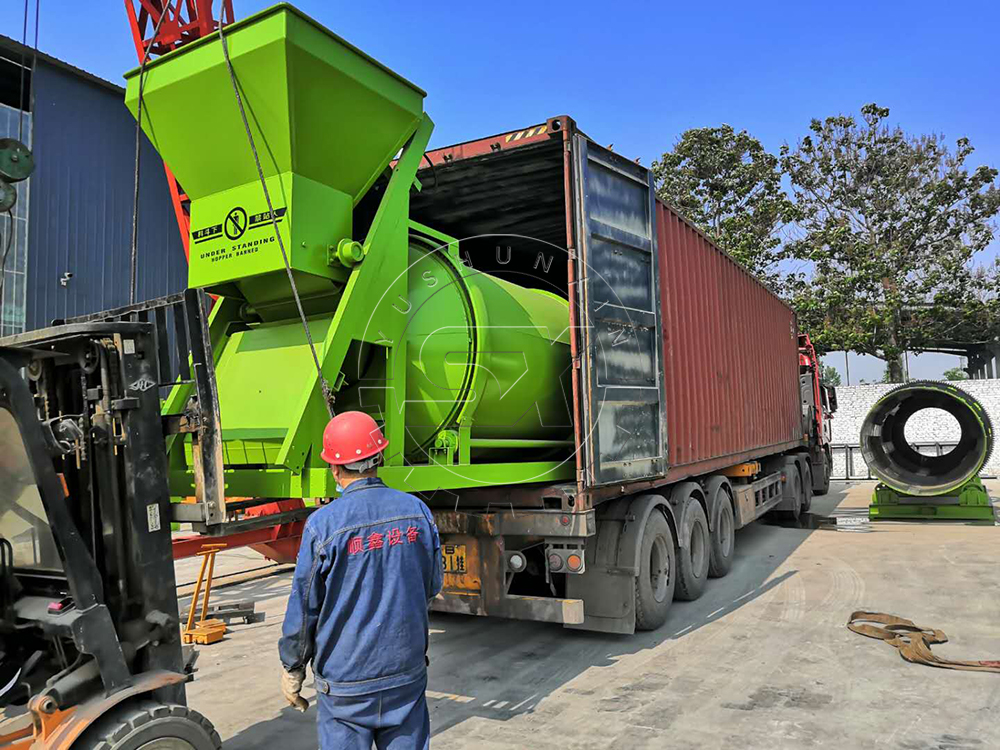




























































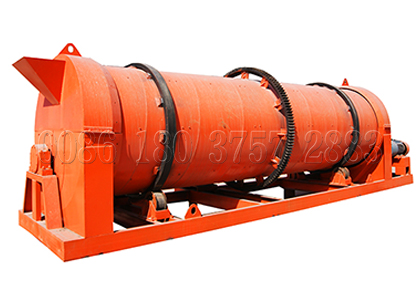












.jpg)

















